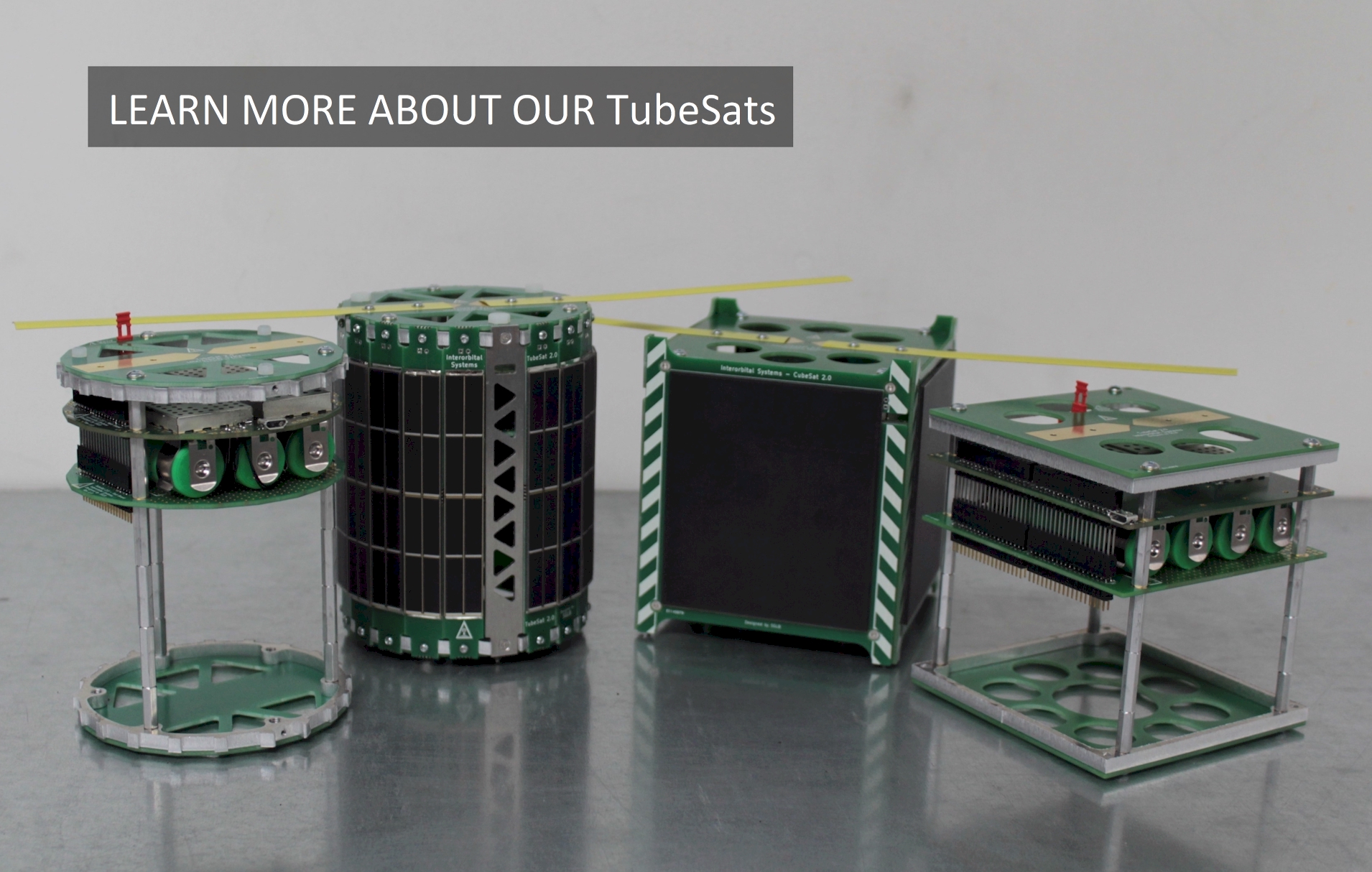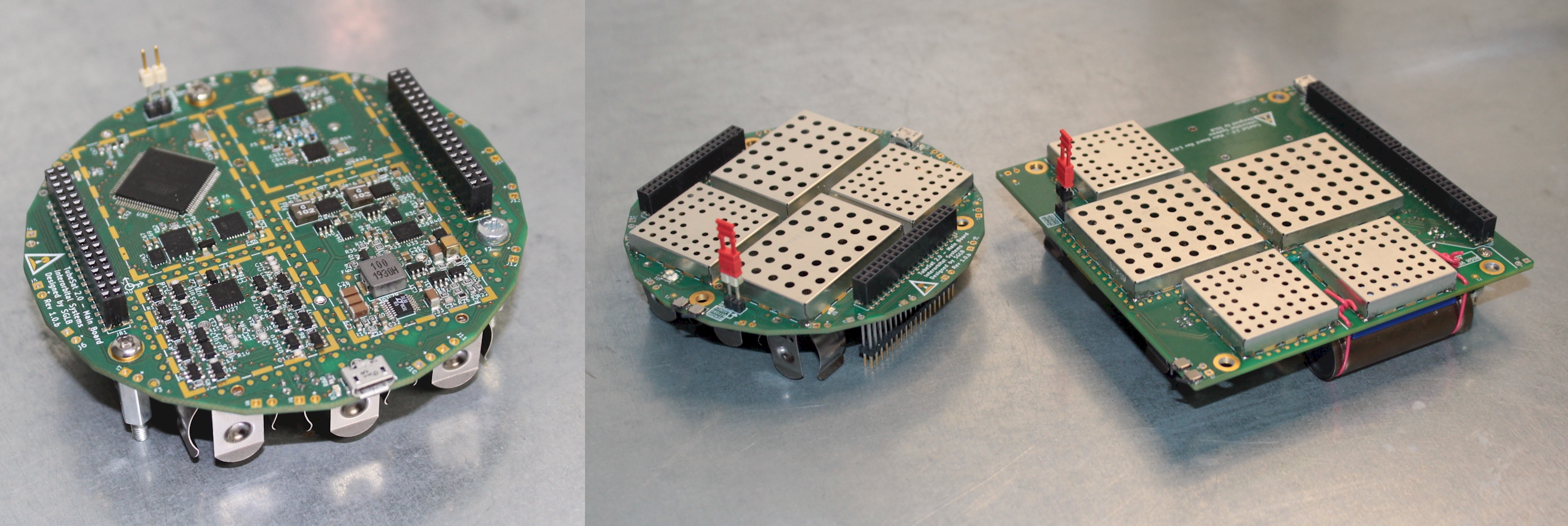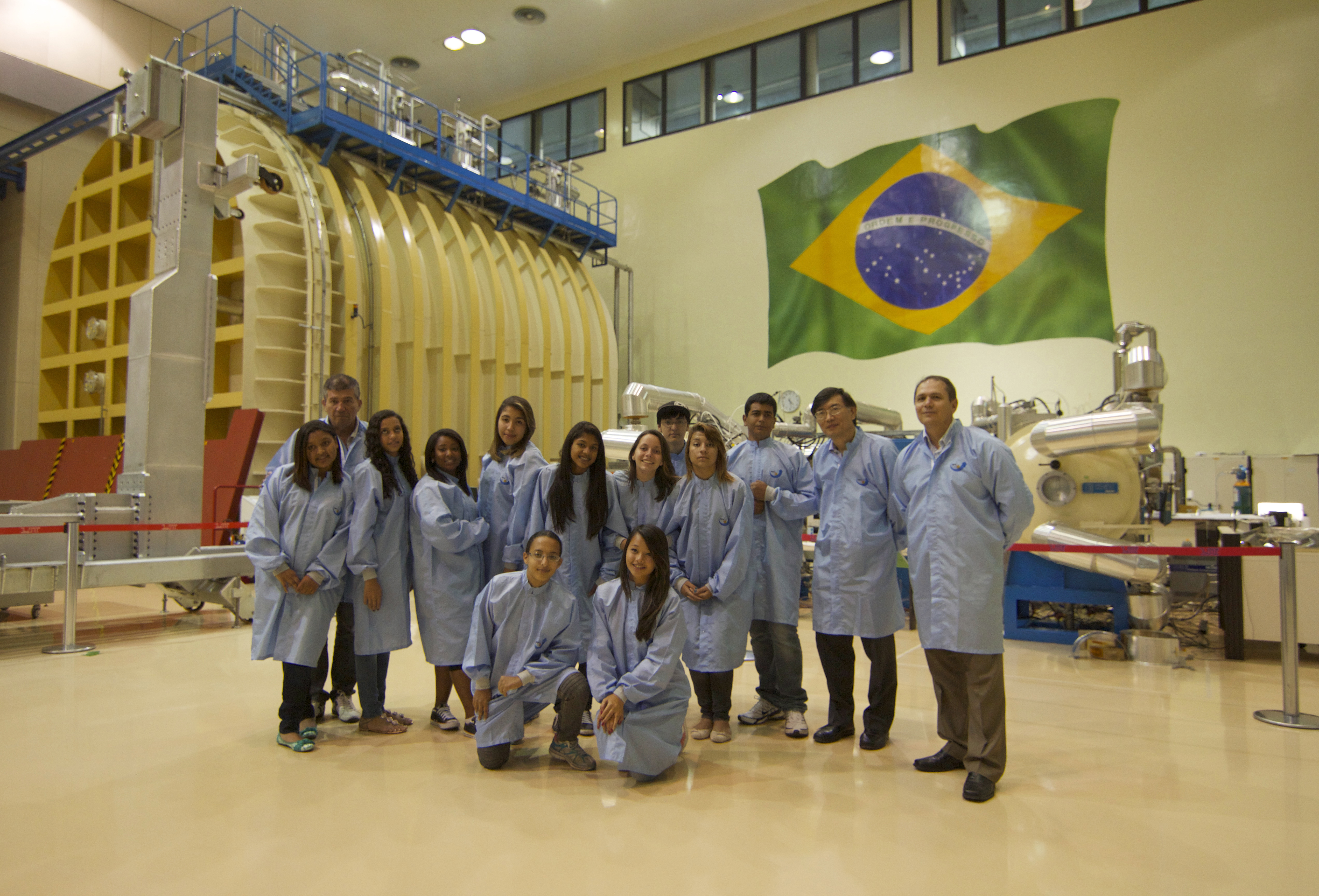
The IOS CubeSat Kit is currently the lowest-cost professional-quality CubeSat Kit on the planet. It is assembled with high-quality, custom-printed circuit boards and precision laser-cut aluminum components. CubeSat kit builders include engineering or science professionals who wish to space-qualify hardware in Low Earth Orbit, educational institutions requiring student training in spacecraft design, and experimenters who just want a chance to explore space. The CubeSat can also serve as a Personal Satellite for artists, musicians, advertisers, ,generics or individuals who wish to send items into space, or to transmit messages from space. If required, and for extra fees based on mission requirements, Interorbital Systems and its partners can offer design, development, training, and manufacturing services to individuals who do no possess the technical skills required to build the spacecraft. The first completed IOS CubeSat Kit 1.0 was launched into orbit by India's PSLV launch vehicle in 2019. This IOS CubeSat Kit, the KalamSAT V2, was assembled by Space Kidz India.

For those seeking the ultimate satellite-building experience at the lowest possible price, Interorbital Systems (IOS) has completed the development and testing of its next-generation CubeSat 2.0 satellite kit. This new satellite kit has a reduced parts-count and is easier to build than its predecessor. Interorbital’s engineers have succeeded in merging the original CubeSat kit 1.0 version’s power management, microcontroller, and communications boards onto a single printed circuit board, substantially expanding the satellites' open interior space to accommodate larger payloads. The new model represents a complete rebuild of the 1.0 version of the satellite kits.
Just like the original IOS TubeSat, the IOS CubeSat 2.0 has no external metal chassis. The old-style aluminum CubeSat chassis has been replaced by specially designed laser-cut aluminum rings and printed circuit boards. This modification reduces the satellite weight, simplifies assembly of the CubeSat, and increases the mass allowance of the builder's experiment. CubeSat 2.0 is available with or without a launch to a 310-km (192_mi) polar orbit, on an Interorbital launch vehicle.
The upgraded 2.0 versions of the satellite kits include the hardware updates listed below.

- 10x10x10 cm chassis: constructed from laser-cut square aluminum bands and PCBs
- Printed circuit boards (PCBs)
- Electronic components, 2x4 Mbits FRAM Memory, Atmega 2560 microcontroller, integrated micro-USB port
- 9-degree-of-freedom inertial module (with magnetometer)
- Extra solar power: 4 durable 1.37W solar cells
- 4 Lithium Ion batteries (with holding clips and temperature sensors); longer life
- Improved power-management and charging control
- 1.5W high-efficiency radio transceiver with built-in amplifier
- α β γ radiation sensor
- Real-time Clock
- Dipole communications antenna
- Compatibility with Arduino IDE
- 2 sub-miniature deployment switches
- Launch to polar Low Earth Orbit: optional


Customers who have built their own CubeSats should contact IOS for stand-alone launch-service pricing. CubeSats can also be ordered in 2U or 3U configurations, which consist of two or three CubeSat units connected in series. 2U and 3U CubeSats have double and triple the mass allowances of a 1U CubeSat (mass CubeSat 1U: 1.33-kg). If you wish to purchase a satellite kit or if you have any questions, please call 661.965.0771 or send an email to ios@interorbital.com.
At this time, our CubeSat 1.0 satellite kis have been sold-out.
Our launch manifest has more than 180 pre-paid customers, with most waiting for launch on our NEPTUNE rockets and some scheduled to fly with other launch providers. Many of our customers are using the satellites as teaching aids in university space-technology and STEM classes. The list of sales includes a mix of CubeSats and TubeSats (see our LAUNCH MANIFEST for a complete list). One of our client's satellites, the Tancredo Sat-1, an IOS TubeSat kit assembled and modified by students from the Tancredo Middle School in Ubatuba, Brazil, was launched to the ISS by a Japanese H2 rocket and deployed from the Kibo module in January, 2017. The school group was supported by the Brazilian Institute of Space Research (INPE), the Brazilian Space Agency (AEB), and Interorbital Systems engineers. It was the first IOS TubeSat to be placed in orbit and was a complete success.

The satellite carried an audio recording device as payload, which transmitted an audio clip chosen by a contest among the school's students. Nearly 100 students participated in the construction of the satellites by soldering small components and designing circuits for their applications. Also included in the payload was an INPE simplified Langmuir probe, which studied plasma bubble formation in the ionosphere.